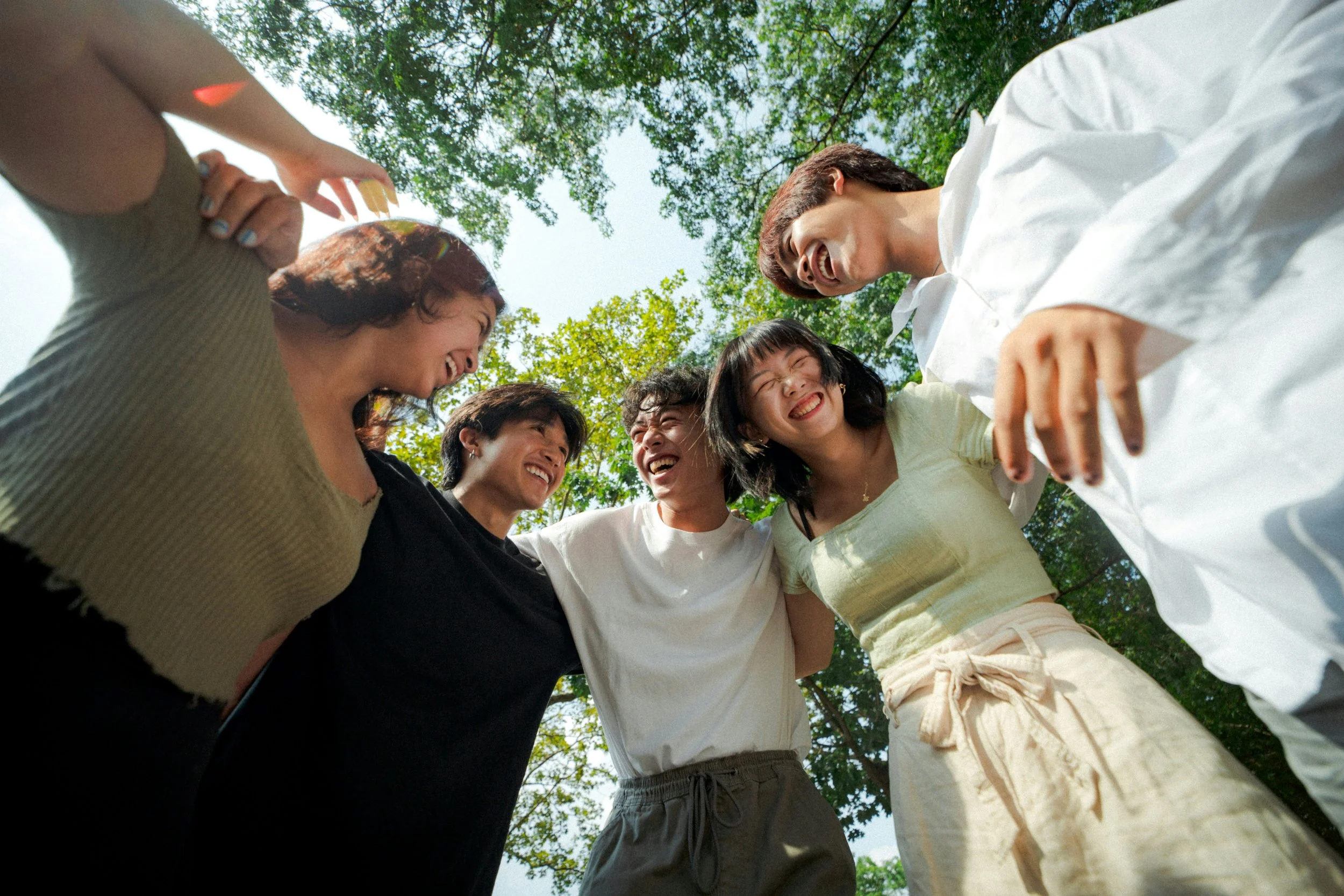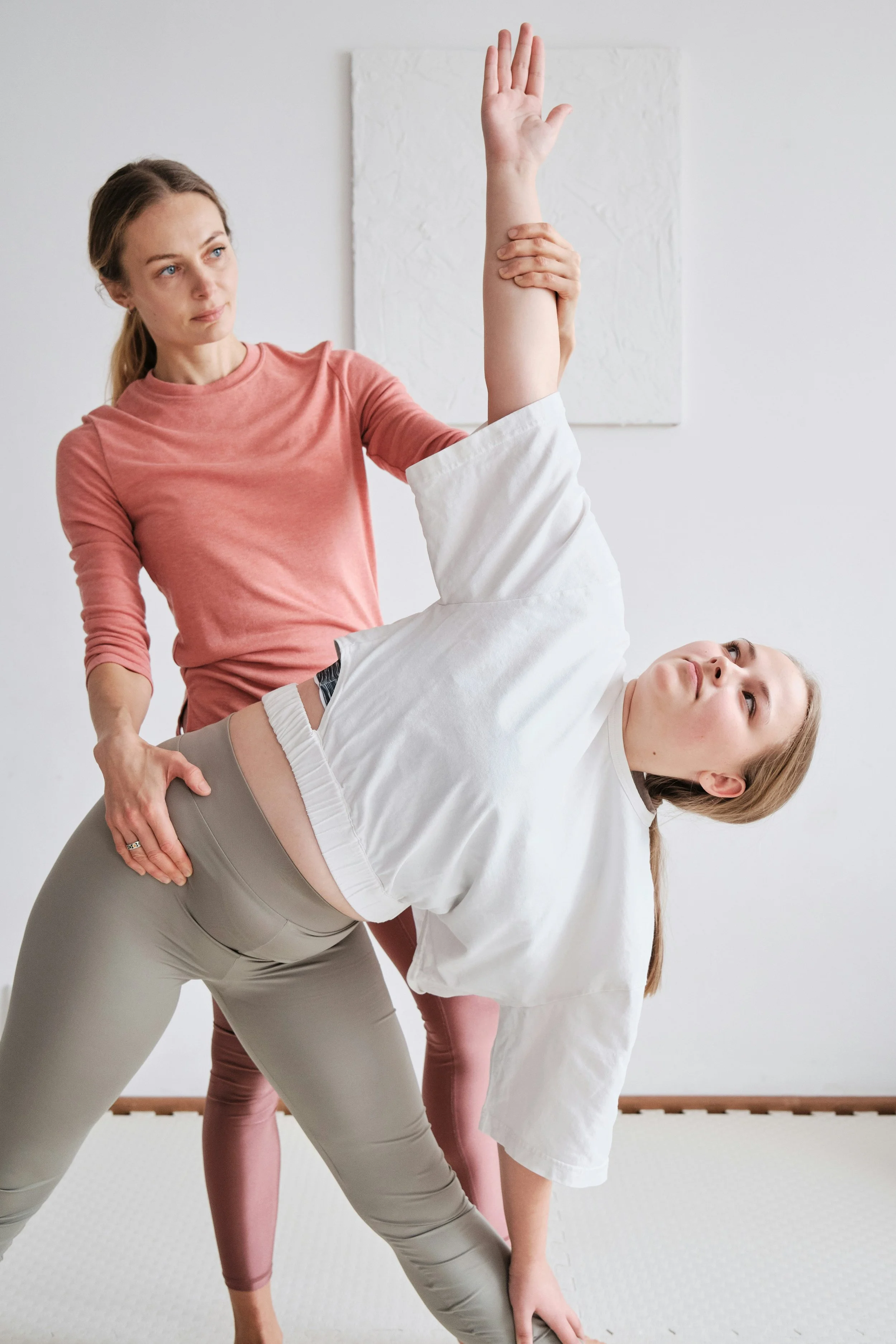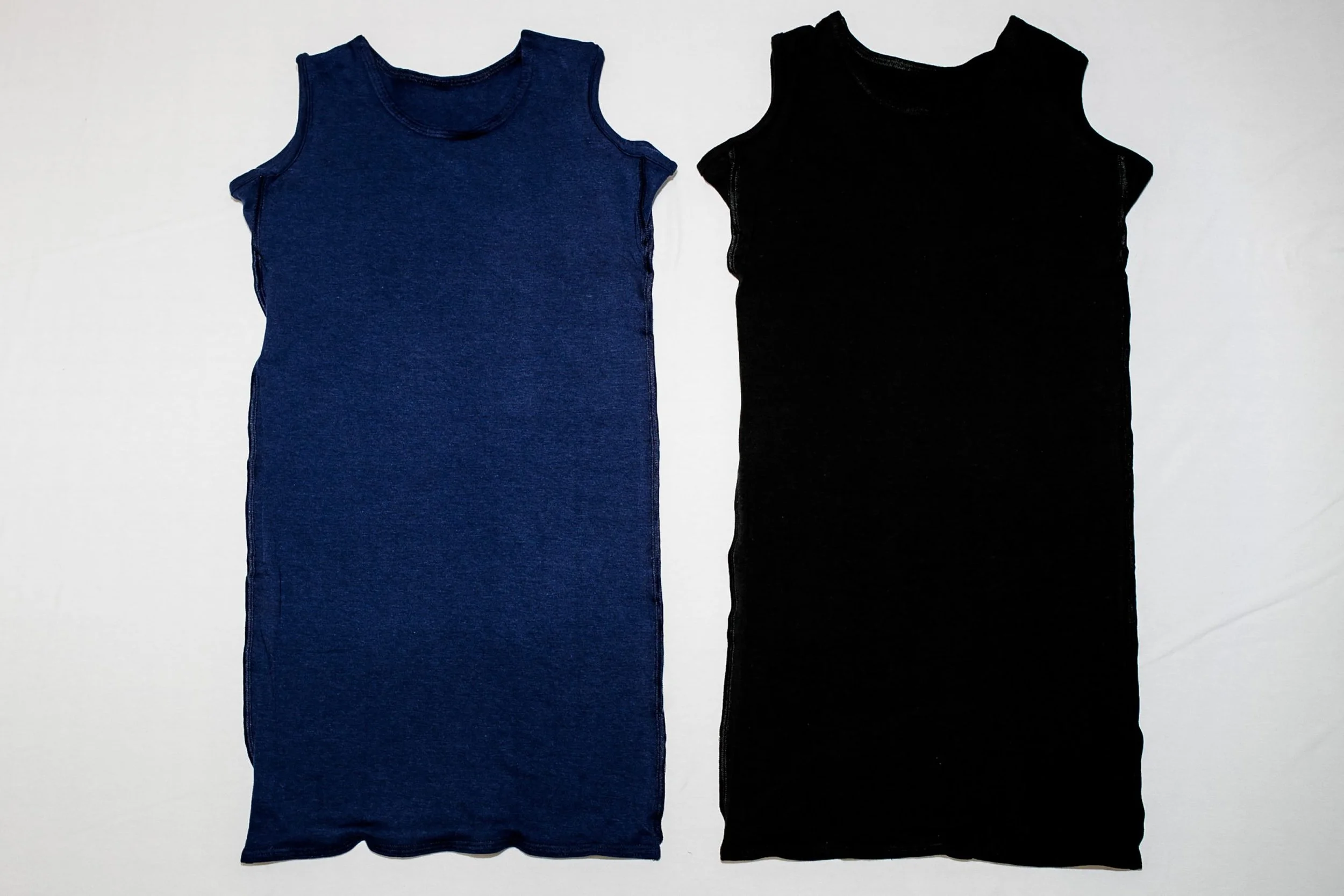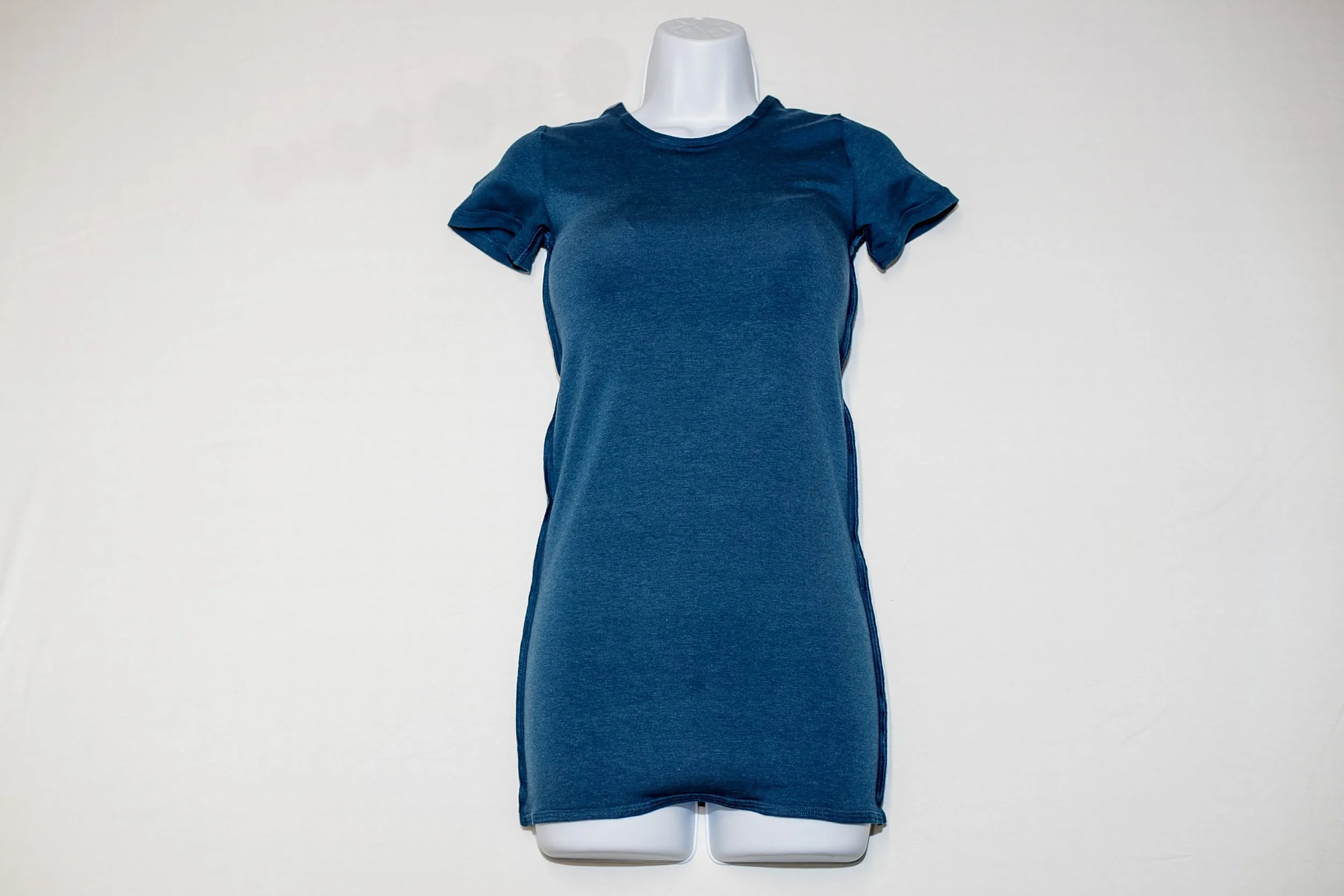
Everything You Need to Navigate Scoliosis
Move with Confidence
How Physical Therapy & Exercise Help Manage Scoliosis
Not all workouts are scoliosis-friendly. Here are safe and effective exercise categories often recommended by therapists. Make sure to check with your professional about specifics of each exercise, as it can range depending on your curve and needs.
-
Planks (modified if needed)
Bird-dog exercise
Dead bugs
-
Cat-cow stretch for spine mobility
Child’s pose for relaxation
Side stretches to reduce muscle tightness
-
Wall angels to improve shoulder alignment
Stability ball exercises for balance
Standing hip lifts for pelvic stability
-
Schroth Method: Breathing techniques + muscle activation to improve posture.
SEAS (Scientific Exercise Approach to Scoliosis): Functional movements designed for daily life.
Examples of Specific Exercise Videos using the Schroth Method
Students with Scoliosis: Reasons for Applying for School & Testing Accommodations
-
Students with scoliosis may find it painful or harmful to carry heavy loads.
Reducing book load or providing duplicate textbooks helps prevent back strain and minimizes the risk of worsening spinal discomfort.”
-
Prolonged sitting can cause discomfort, pain, or fatigue, especially when wearing a brace.
Allowing short stretch breaks or flexible seating ensures the student can stay engaged in learning without physical discomfort interfering.
-
Braces can be restrictive, making concentration and mobility more challenging.
Extra time between classes or during tests helps the student adjust or move comfortably without being penalized academically.
-
Sitting in one position for long exams can cause pain or limit focus.
Granting extra time or permission to change positions during tests ensures performance reflects knowledge, not discomfort.
-
Certain physical activities may be unsafe or uncomfortable for students with scoliosis.
Providing adapted PE activities or alternative assignments allows participation while respecting physical limitations.
Fashion with Bracing: Outfit & Styling Ideas
Everyday Basics
Loose T-shirts & Hoodies – Soft cotton or jersey fabrics that drape over the brace.
Oversized Sweaters/Cardigans – Add warmth and coverage without being bulky.
Joggers or High-Waisted Jeans – Comfortable bottoms that balance proportions.
Summer & Warm Weather
Flowy Dresses or Tunics – Airy fabrics that don’t cling to the brace.
Peplum Tops – Flared shapes naturally disguise the brace outline.
Lightweight Vests or Kimonos – Add layers without overheating.
School & Social Outfits
Button-Down Shirts – Easy to adjust and layer, casual or semi-formal.
Layered Outfits – Tank under the brace, then a tee or hoodie on top for comfort + style.
Stretch Fabrics – Leggings or jeggings that move easily and stay comfortable.
Fall & Winter
Chunky Knit Sweaters – Stylish and perfect for covering the brace.
Layered Scarves & Jackets – Add visual balance and texture.
Boots with Leggings – Comfortable, chic, and brace-friendly.
What to Wear Under Your Scoliosis Brace (Comfort + Style)
Stretch / Spandex / Elastane blends
-
Allows the fabric to move with your body and reduces bunching or pulling
-
Aim for fabrics that include ~5–10% stretch rather than rigid 100% cotton.
Moisture-wicking & lightweight
-
Helps draw sweat away from your skin so you don’t get too hot or damp under the brace
-
Look for terms like “moisture-wicking,” “performance knit,” “cool” or “breathable” in product descriptions
Seamless or flat seams
-
Fewer pressure points and less irritation
-
Especially around areas where the brace edges touch your body
Links to some sites and companies selling good options for under brace wear:
Examples & Brands to Check Out
Here are a few companies and product types you can link to or browse for inspiration:
-
specializes in undershirts, tanks, and camis made with soft, stretchy blends designed for brace wearers
-
offers custom brace undershirts made to your measurements, often with design tweaks to reduce irritation.
-
search for “seamless undershirt,” “compression tank,” or “moisture-wicking seamless cami.”
Support Groups Directory
-

Curvy Girls Scoliosis Support Groups
Curvy Girls is a network of peer-led support groups that reduce the emotional impact of scoliosis by empowering girls through mutual support and acceptance to become leaders, make healthy lifestyle choices, and improve self-esteem.
-

ScoliZooms by Higgy Bears
ScoliZooms by Higgy Bears allow scoli kids and teens to connect virtually through Zoom. The calls are divided by age groups with ScoliKids, ScoliTweens, ScoliTweens, ScoliBruhs (boys), and ScoliAdults.
-

Scolios-us Mentor Program
Navigating scoliosis is not always easy, but it sure is easier with someone cheering you on. The Scolios-us Mentor Program offers scoli kids and teens the opportunity to connect with a mentor one-on-one.
Latest Scoliosis Research Highlights
Find a Specialist
The Schroth Method is a specialized form of physical therapy designed specifically for people with scoliosis. It focuses on correcting posture, strengthening muscles, and improving breathing patterns to help manage spinal curves.
-
3D Posture Correction: Instead of only addressing the curve from the front or side, Schroth exercises work in three dimensions — lengthening the spine, derotating, and stabilizing it.
Breathing Techniques: Special breathing methods (called rotational breathing) help expand the collapsed areas of the rib cage, improving lung capacity and posture.
Individualized Exercises: Each patient learns exercises tailored to their unique curve pattern.
-
Helps slow or stop curve progression (especially during growth years).
Improves posture, balance, and body awareness.
Reduces pain and discomfort caused by uneven muscles or brace use.
Boosts confidence and mobility by teaching teens how to actively manage scoliosis.
-
Typically taught by a certified Schroth therapist.
Sessions often include guided exercises, mirrors for visual feedback, and props (like wall bars, poles, or cushions).
Teens are encouraged to practice at home daily for best results.
-
The Schroth Method empowers teens to take an active role in managing their scoliosis. While it doesn’t “cure” scoliosis, it helps keep curves stable, makes bracing easier to tolerate, and improves overall quality of life.











